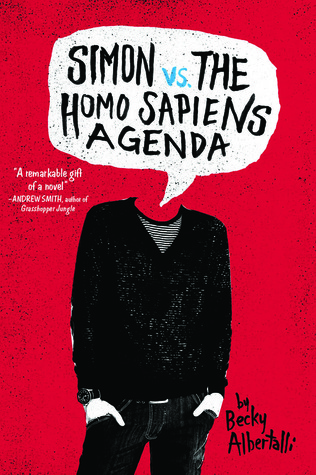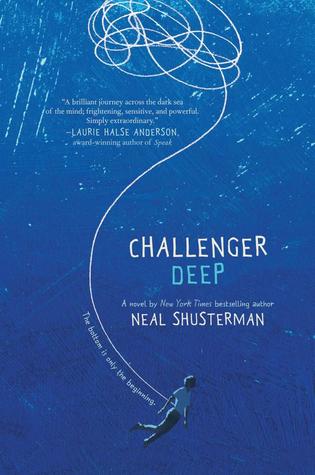
Written by: Margo Rabb
APA citation: Rabb, M. (2015) Kissing in America. New York: HarperCollins:
Cover image: http://www.amazon.com/Kissing-America-Margo-Rabb/dp/0062322370
My summary of the plot: Eva copes with her father’s death from a plane crash by reading a lot of romance novels – 118 in the last two years. She meets a boy at school and after one glorious night he suddenly moves to California. She convinces her friend to enter a contest so that they can travel to see him. Of course, taking a plane is out of the question, so they take the bus on an epic road trip. Much hilarity ensues.
Keywords: Death, grief, romance
My assessment: I liked this book. It was funny and sad and sweet. As a reformed romance reader and women’s studies minor I loved that Eva’s mom was a women’s studies professor. This is what happens when she looks at Eva’s reading choices:
“My mom would come into my room and gaze at the books on my night table, at Ewing on his bronco or Gurlag swinging from a tree, and she’d sigh, ‘I didn’t raise you to worship imbecilic apes.’ Other times she’d grow more serious, looking at my books, ‘I’ve failed you as a mother, as a woman, and as a citizen of this world,’ she’d say” (p. 2).
That her mom is more opposed to her reading romance novels than if she had piercings or tattoos is hilarious.
 Audio review: This novel is very well read by Laura Knight Keating.
Audio review: This novel is very well read by Laura Knight Keating.
Citation for audio book: Rabb, M. (2015). Kissing in America. [Audio Recording]. New York: Harper Audio.
Review from a library journal:
Gr 9 Up — Two years ago, Eva Roth’s father was killed in a plane crash, which is still being investigated. Eva’s grief is as fresh as it was the day he died, but her mother seems determined to move on and expects Eva to do the same. As her mother becomes increasingly uncommunicative and obsessed with work, Eva tries to escape her pain by focusing on preparing for college; studying with her best friend, Annie; and losing herself in the pages of romance novels. When the teen is paired with high school heartthrob, Will, in an after-school tutoring session, she discovers that he, too, has lost a family member. Their shared understanding of loss and pain draws them into a relationship that is abruptly halted when Will has to move from New York to Los Angeles. Following the advice of her favorite romance novelist, Eva determines to find a way to go “get her man.” She convinces the brilliant Annie to enter the two of them in an academic teen game show that promises a trip to Los Angeles and a $20,000 scholarship to the winner. Together they embark on a cross-country adventure that will test their friendship, and ultimately bring Eva to a deeper understanding of herself and her family. With a full cast of multidimensional characters, this novel explores the complex nature of relationships and the many faces of grief and love with equal parts humor and poignancy. VERDICT A first purchase for most YA collections.
Citation for book review: Frostick, C. (2015). Kissing in America. School Library Journal, 61(3), 161.
Recommendations for library or classroom use: I would recommend this book to teen girls.

 Audio review: This book was read by Dan Bittner. He did a good job.
Audio review: This book was read by Dan Bittner. He did a good job.
 Audio review: Michael Crouch brings a believable voice to this book.
Audio review: Michael Crouch brings a believable voice to this book.
 Audio review: Michael Curran-Dorsano is believable as a teen.
Audio review: Michael Curran-Dorsano is believable as a teen.
 Audio review: The full cast production was excellent. Even people that don’t ordinarily enjoy audio books would love this one.
Audio review: The full cast production was excellent. Even people that don’t ordinarily enjoy audio books would love this one.

 Audio review: The audio book was disappointing. The voices weren’t right and no pictures were included.
Audio review: The audio book was disappointing. The voices weren’t right and no pictures were included.

